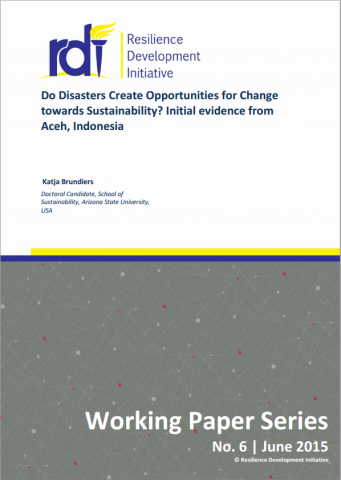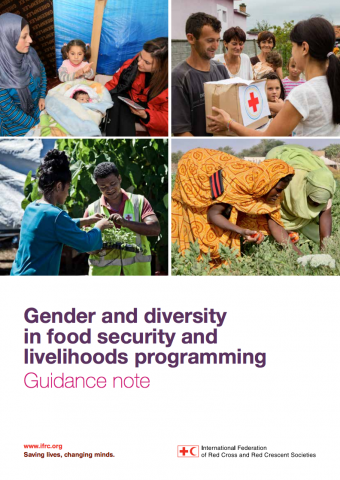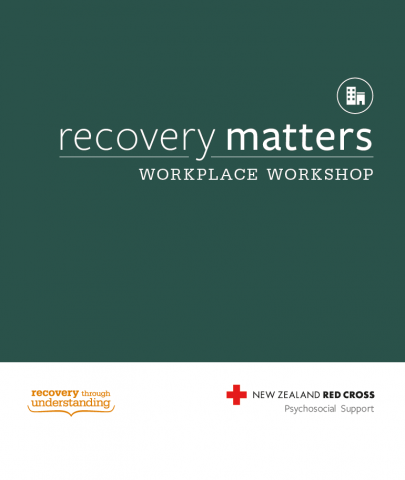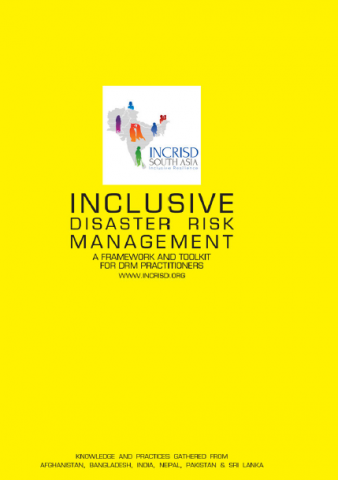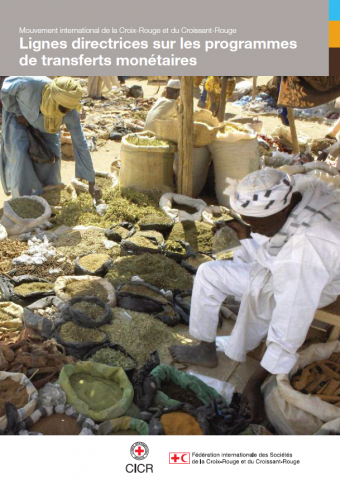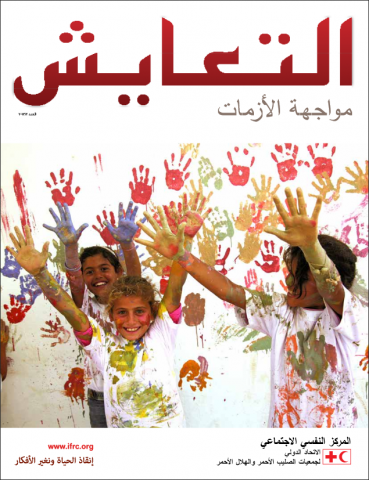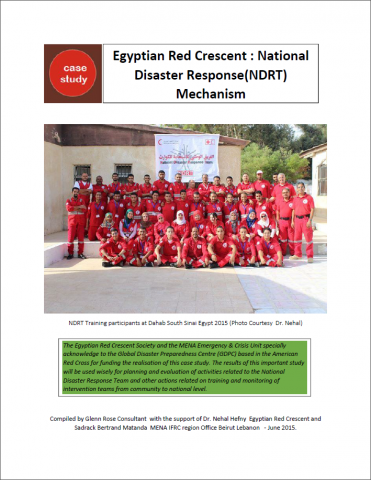Disaster Resilience Education & Research: Roadmap for Europe 2030
In recent years, the European higher education community has played an increasingly important role in moving disaster science from a responsive, primarily technical discipline, to a broad, multi-disciplinary movement that seeks to build societal resilience to disaster. This movement coincides with the increasing global emphasis on the need to tackle the inter-related challenges of disaster […]
Disaster Resilience Education & Research: Roadmap for Europe 2030 Read More »

